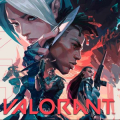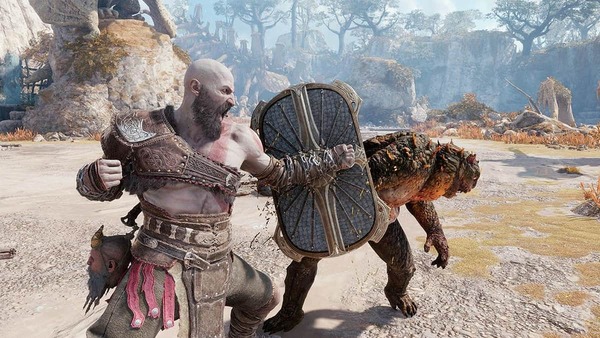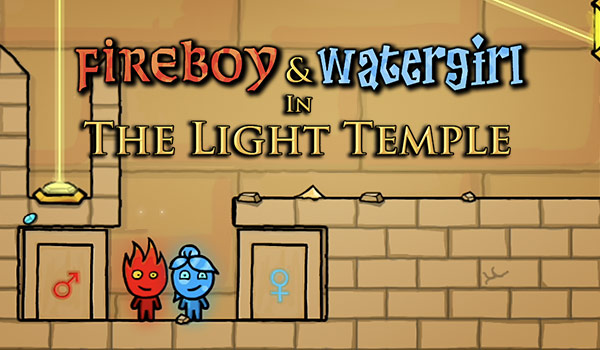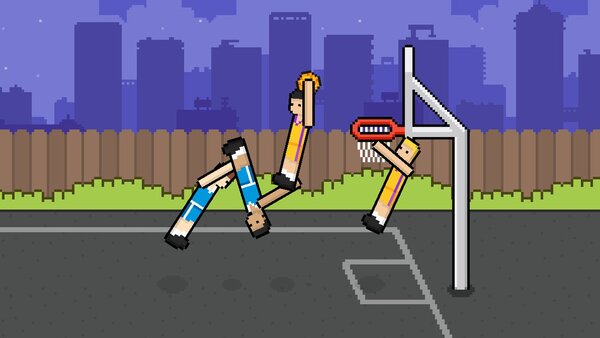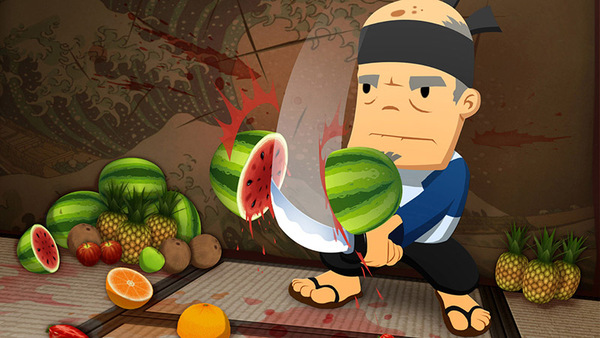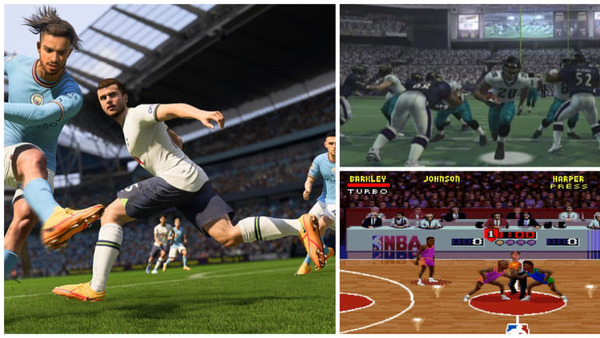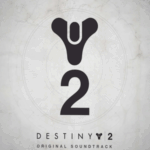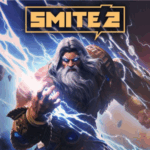Smite 2 is not just a sequel. It is a complete reimagining of what it means to be a third-person MOBA in 2025. Developed by Titan Forge Games, a studio under Hi-Rez, Smite 2 aims to carry forward the legacy of one of the most unique MOBAs ever made while modernizing its engine, gameplay, and design philosophy for a new generation of players.
Where the original Smite stood apart with its over-the-shoulder perspective and mythological combat, Smite 2 doubles down on what made the game special and elevates every core system. With Unreal Engine 5 under the hood, new gods joining the pantheon, and cross-progression systems that aim to reward veteran players while enticing new ones, Smite 2 has the potential to breathe new life into the genre.
In this deep-dive, we explore the world of Smite 2, from its revamped mechanics and visual overhaul to its competitive potential, community concerns, and what it means for the future of mythological arena combat.
1. The Evolution From Smite to Smite 2
The original Smite launched in 2014, offering something completely fresh in the MOBA space. Instead of a traditional top-down view, players fought in third-person, controlling gods from various mythologies in a skill-shot-heavy, action-oriented format.
Over nearly a decade, Smite grew into a full-fledged esport, adding hundreds of gods, game modes, skins, and mechanics. However, its aging engine and spaghetti-coded foundations began to limit innovation.
Smite 2 is a clean break — rebuilt from the ground up in Unreal Engine 5. This allows for vastly improved visuals, animation fluidity, physics, lighting, and cross-platform stability. More importantly, it opens the door for deeper combat systems and more flexible gameplay updates long term.
2. Unreal Engine 5: A Next-Gen Leap
One of the most exciting aspects of Smite 2 is its shift to Unreal Engine 5. This transition brings dramatic improvements to both graphical fidelity and performance optimization.
From detailed god models and realistic spell effects to dynamic lighting and terrain destruction, the visual difference is immediately noticeable. Environments feel more alive. Gods express themselves with motion-captured animations, creating a sense of weight and impact.
Moreover, this engine shift allows developers to iterate faster and bring high-end features to console and PC platforms alike, making Smite 2 one of the most technically ambitious MOBAs ever released.
3. Core Gameplay Changes and Combat Enhancements
While Smite 2 retains its beloved third-person perspective and objective-based maps, several major gameplay changes redefine the pace and tactical flow of matches.
Auto-attacks have been reworked to better reflect the unique identities of each god. Movement feels tighter, and combat animations are more responsive. Targeting has been refined, and ability timing windows are now smoother, giving higher skill expression without alienating newcomers.
God abilities are being rebalanced from scratch to fit into this new world. Some gods are being redesigned, while others are carried over with new effects or passive mechanics. Every choice feels more impactful in this upgraded combat system.
4. A New Era for God Design and Lore Integration
Smite 2 continues to draw from dozens of world mythologies including Greek, Norse, Egyptian, Hindu, Chinese, Celtic, and more. However, this time around, the developers are placing more emphasis on narrative consistency and god identity.
Each god is being reintroduced with enhanced lore integration and clearer visual storytelling. Their ability kits are designed not only for gameplay balance but to reflect their real mythological traits.
This focus on thematic design allows for more immersive god reveals and storytelling within the game. Whether it's Hades draining souls or Mulan using advanced martial arts, every god feels like a living myth brought into the arena.
5. New Maps, Objectives, and Strategic Depth
Smite 2 introduces new maps and reworked versions of fan favorites. The Conquest map — the flagship 5v5 battleground — has received significant changes in layout, elevation, and jungle flow.
Objectives such as towers, phoenixes, and bosses are now more dynamic. Buff camps can behave differently depending on game phase. Side objectives encourage skirmishes beyond lanes, adding unpredictability and strategic layers to map control.
These changes aim to preserve the core of Smite’s competitive design while adding fresh decision-making moments and more meaningful control over tempo and positioning.
6. Cross-Progression and Veteran Rewards
One of the biggest community concerns during the transition to Smite 2 was the fear of losing progress, skins, or unlocks from the original game. Titan Forge addressed this with a hybrid system.
While progression (such as mastery levels and unlocked gods) resets in Smite 2, players will receive Legacy rewards based on time spent, purchases made, and milestones achieved in Smite 1. Skins that are impossible to port due to engine changes will be replaced with special variants in Smite 2.
This creates a fresh start that still honors long-time players, allowing the new game to avoid technical debt while preserving a sense of continuity and player investment.
7. Esports Potential and Competitive Integrity
Smite 2 has been built with competitive play in mind from the ground up. Input latency, netcode, and combat responsiveness have all been prioritized to ensure the game can support both casual and professional scenes.
The Smite Pro League is expected to transition to the new game with restructured formats. New spectator tools, UI improvements, and better broadcasting features are also in the pipeline.
If supported consistently, Smite 2 could carve a stronger niche in the esports world, especially now that it’s shedding technical limitations and modernizing its core systems.
8. Monetization, Cosmetics, and Battle Pass Design
Smite 2 adopts a familiar free-to-play model with in-game currency, purchasable cosmetics, and battle passes. However, the team has emphasized a fair approach to monetization, avoiding pay-to-win elements and focusing on cosmetic-only upgrades.
Visual cosmetics are now rendered with higher fidelity, giving skin designers more freedom. Gods have unique victory poses, animations, and custom voice packs that expand over time.
The battle pass system is streamlined for clearer progression, while event-based unlocks offer thematic content for seasonal players. Monetization is designed to support ongoing content without walling off gameplay access.
9. Community Reception and Beta Feedback
Initial reception from Smite veterans and newcomers has been mostly positive. Players praise the smoother combat, better visuals, and refined god kits. However, some concerns remain around content carryover, controller optimization, and early meta balance.
The game is currently in technical alpha and closed beta stages, with frequent community playtests. Titan Forge has encouraged player feedback, offering transparent development updates and roadmaps.
Community integration will be essential. Smite has always had a tight-knit player base, and retaining that energy while welcoming new players will be key to Smite 2’s long-term success.



